What you REALLY Need to Know Going Into the Spartan World Championships
If you’re participating in Spartan World Championships and you follow any pro-level athletes or OCR social media groups, you’ve likely been bombarded with recommendations on how to survive the Championship race. And, while there is a plethora of tips out there, sometimes “more” can be overwhelming. So we’ve boiled down what you need to know for Spartan Tahoe Championships into “What you REALLY Need to Know.” So even if you ignore everything else, the 6 tips will help you run, not crawl across the finish line.
- Weather or Not, Here You Come
The weather in Tahoe can change on a dime. Days before the race can prove to be warm and sunny, whereas the day of the race it may snow. The weather at the starting line is likely to be different than that at the summit. You may be an individual who gets more easily, or you may be someone who is always cold. So you must first know how you react in both warm and cold environments, then do as much weather planning as you can before the race.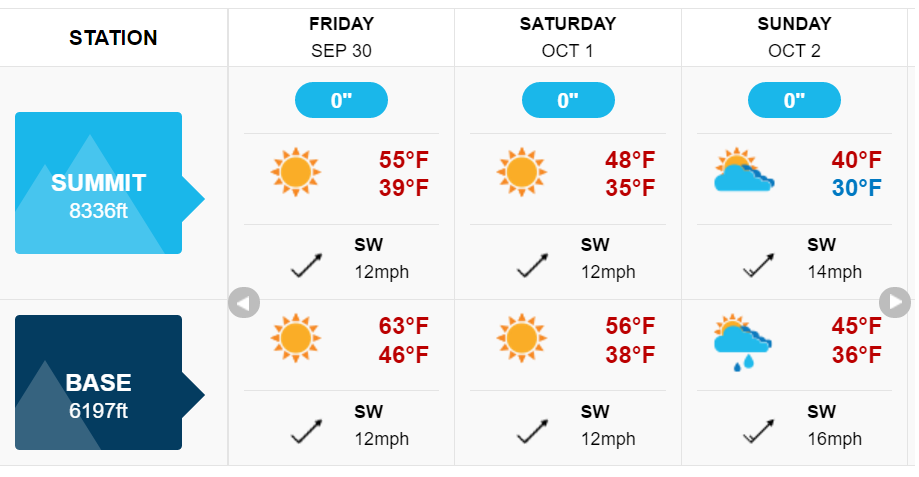
To get an accurate picture of what weather may be like, check the weather forecasts for the day of the event. Then plan for weather that changes based on time of day, location during the race (e.g., summit or base), and the obstacles you will endure. Know that like all other Spartan races, you’re likely to be submerged in water, which will drop your body temperature quickly. If you are greatly affected by cold, you’ll want to have a game plan for how to increase your body temperature quickly. - To Thine Own Fuel Be True
Once the course map is released, you should take heed of what Spartan designates as the best and average course times. While these are best case predictions, you’ll still need them to accurately predict how long you’ll be on the course. Understanding how long you’ll be on the course will then allow you to more accurately predict how many calories you’ll be burning and how much fuel (e.g., gels or chews) you should bring with you.

Let’s use hiking as an example. The number of calories burned hiking depends in part on your body weight. In general, a 160-lb person burns between 430 and 440 calories per hour of hiking. A 200-lb person burns approximately 550 calories per hour of hiking. The more you weigh, the more calories you burn in an hour of hiking.”1 So if you weigh 160 pounds and anticipate being on the course for six hours, you will need upwards of 2,640 calories worth of fuel to maintain your energy and stamina throughout the race. Contrary to what many think, carb loading the night before and a large breakfast the morning of are not going to be enough to fuel this deficit. And what happens if you’re not fueled properly? You run out of steam. So your success on the course greatly depends on your ability to feed your body during the race. Make a best-guess estimate of how long you will be on the course, factor in your body weight and calorie expenditure, and then fuel appropriately. Your body (and your finish time) will thank you. - The Big Chill
While it may be true that “in a cold world, you need your friends to keep you warm,” at the Spartan Championships in Tahoe, you’re also going to need a really good windbreaker. Why? Because for races that have high elevations (like the Spartan Championships in Tahoe), even the slightest amount of wind can tear through you and create a wind chill that will have you wishing you were standing next to a bonfire. The weather at the base of the mountain can be (and most likely will be) completely different than at the top. If you arrive at the summit and the wind is blowing 13 miles an hour, be assured that your body temperature will drop quickly. Couple the wind with the water submersion in your body temperature will drop even quicker.
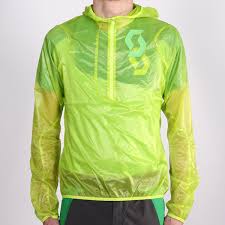
So what to do? Like your momma always said, “You need a jacket!” Only in the OCR world, what you really need is a windbreaker. Trust us when we say that packing a lightweight, compact windbreaker is likely going to be the difference between running strong across the finish line, and crossing the finish line on your hands and knees. Windbreakers do more than keep wind out. They also trap your body heat so that it cannot escape so quickly from your body. And, unlike that jacket your mom harped about, windbreakers work equally well when wet making it one of the most important things you can bring with you on the race. - Let’s talk about Mustard, Baby
Social media is full of all the good things and all the bad things that you should bring to an OCR race. Unfortunately, one of the “good things” is actually more like a “bad thing”. What is it? Mustard.
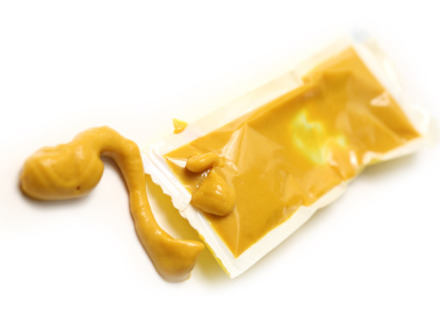
Mustard is frequently touted as a miracle cure for your worse cramps during a race, or as a preventive measure for cramps if taken before a race. But mustard isn’t a miracle cure. While it does help some people in some very specific cases, if you find yourself relying on mustard frequently you likely have some large mineral deficiencies that no amount of mustard will fix. Instead of relying on mustard right before or during a race, you should be balancing your calcium, potassium, and/or magnesium intake leading up to the race. During the race, the mustard you grabbed at the 7-11 on your drive to the race isn’t going to help you. (If you still believe mustard is a cure all, at least buy some from a reputable source.) - Cramping your Muscle Style
Everyone wants to know how to avoid muscle cramps because you can’t ride a Charlie horse across the finish line. Cramps during the race are difficult to treat. So your best bet is not to get one. How to do this? Properly “mineralized” yourself, hydrated yourself, and train prior to the race. Make sure your supplementing calcium, potassium, and magnesium in the days before a race (always check with your doctor first; this article is not giving medical or nutritional advice). You’ll also want to properly hydrate. When your body is properly hydrated, your propensity for muscle cramps will decrease. Use the super sexy indicators of thirst and urine to know how well hydrated you are. (Don’t know what this means, we suggest you google it.)
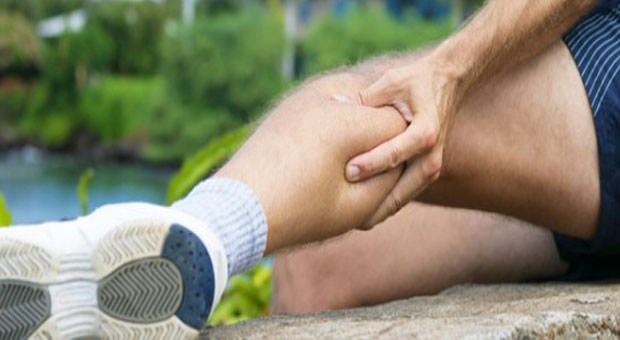
- Train for your Race, Not at the Race
There’s an additional, less talked about reason for muscle cramps, and more likely reason for them: muscle overexertion. Muscle overexertion occurs when you’ve pushed your muscles past the point of their training. For example, if your training regimen included a 30-minute workout five days a week and 3 miles of running per week, then being active for six hours, running 16 miles, and climbing a 6000 foot elevation gain is going to send your muscles into spasms. You actually need to train for these high-performance, extreme races and if you don’t, your body will let you know just how very unhappy it is. (This is why at King’s Camp and Fitness we so strongly advocate that you train for a race, not at a race.) - Wool, There It Is
What do you think of when you think of wool? Probably something closer to ba-ba-black sheep that makes you itch all over, right? Wrong. Companies such as SmartWool and Icebreaker have revolutionized the woolly mammoth task of taking the itch out of wool products. You can now buy base layers, socks, and sweaters made out of wool that feel just as good as cotton (but wick so, so, so much better.)
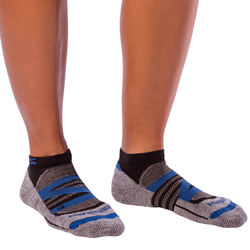
Not only doesn’t today’s wool not itch, it also keeps you warm when you’re cold and cold when you’re hot—and it works just a well wet. So even if you decide not to bring a windbreaker (say it ain’t so!), at the very least buy yourself a pair of really great wool socks. When you’re swimming the frigid waters or crawling along the course’s summit, we promise your toasty feet with thank us.
1 www.livestrong.com/article/299000-the-calories-burned-per-hour-in-hiking/
Recommended Posts




